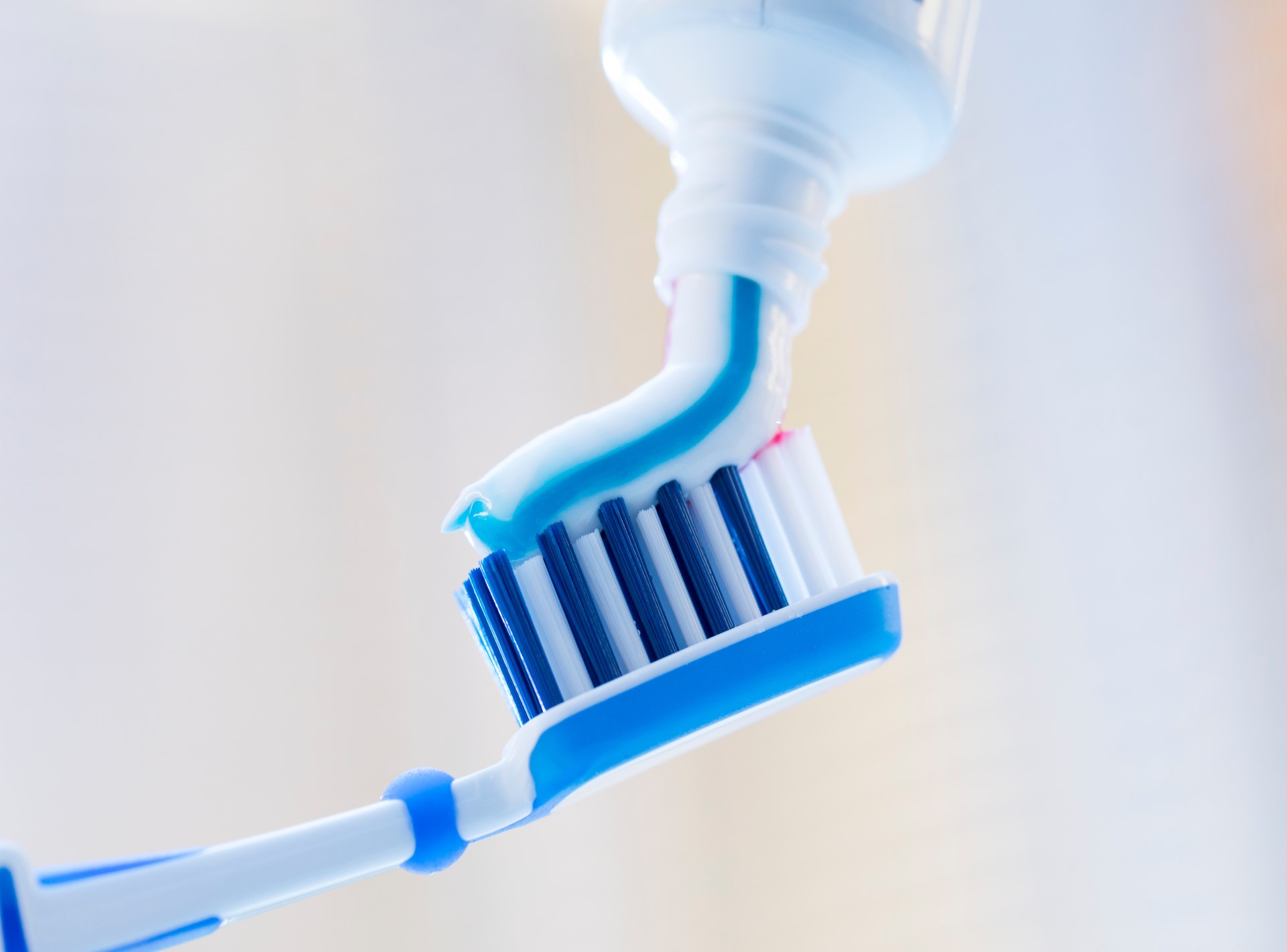Researchers have developed a new toothpaste formula that does not include fluoride and appears to work just as well as the original.
The team used hydroxyapatite, a mineral crucial to bone formation, which was already known to help people who have an elevated risk of developing cavities or trouble with dental sensitivity and periodontitis but had never been trialled in adults with healthy teeth.
The Polish study, published 18 July 2023 in Frontiers in Public Health, found that after 18 months of use, participants were no more likely to develop cavities than people using fluoride toothpaste.
Professor Elzbieta Paszynska, explained that while most popular dental care products used fluoride, it could pose health problems for some individuals, especially children, who were at risk of consuming too much fluoride by swallowing most of their toothpaste.
“Children normally use only a tiny dose of toothpaste to avoid these problems, but that reduces toothbrushing efficacy,” she said.
“Fluoride has been associated with IQ deficits during early brain development, but the period in which children are most sensitive is unknown.
“However, fluoride has been associated with IQ deficits at water concentrations greater than 1.2 mg/L, while early-life exposure to optimal levels of fluoride to protect against tooth decay and minimise against dental fluorosis (i.e., 0.7 mg/L) – has also been associated with diminished cognitive abilities in prospective studies of children.”
She explained that while a two- to four-point decrement in IQ may seem like a small difference at the individual level, a small shift in the mean of IQ scores at the population level translated to millions of lost IQ points given the ubiquity of fluoride exposure.
“The impact of such a shift has a disproportionate effect among vulnerable populations who are at the lower end of the population IQ distribution because the loss in productivity per IQ point is not the same across the entire IQ distribution,” Professor Paszynska said.
“For instance, infants who are fed formula made from fluoridated water, have an approximate 70-fold higher fluoride intake than exclusively breastfed infants.”
Hydroxyapatite is a calcium phosphate mineral already found in the human skeleton which can inhibit the demineralisation of teeth because of the repeated acidification of the tooth enamel during the digestive process – ‘caries,’ a key step in the development of cavities – as well as contribute to remineralisation, reinforcing and repairing damaged tooth surfaces.
“Currently, in dental care, the aim is to use ‘minimally invasive dentistry’ as often as possible,” explained Professor Paszynska.
“This means trying to preserve as much tooth tissue as possible, including those altered by initial caries that still show the ability to remineralize. The use of remineralization compounds is a boon, as it may limit the need for invasive treatment of carious lesions with a drill.”
To see if it would help patients without specific dental conditions, the clinicians recruited 189 adults aged 18-45 to take part in an 18-month-long double blind randomised clinical trial, evenly split between the hydroxyapatite toothpaste group and the control group with fluoridated toothpaste.
All participants had at least 10 teeth without cavities, were willing to use an electric toothbrush, and had no pre-existing tooth problems in need of treatment and agree to use no other oral care products for the duration of the study.
They were also asked to brush their teeth at the same time every day – twice a day, after meals, for three minutes each time – but were not asked to change their diets.
“We did not monitor the diet of each subject as the aim was to test two different toothpastes, not the influence of the diet on the caries progress,” Professor Paszynska explained.
Throughout the trial, patients visited their clinicians every six months to receive a fresh supply of toothpaste and for an examination, where their teeth were visually assessed and checked for any shadows that might reveal an early-stage cavity using a DIAGNO cam device.
A plaque disclosing solution was also used to see how clean their teeth were and by the end of the trial, the scientists found that nearly 90% of patients in both groups had no new cavities.
“There was no statistical difference in efficacy between the patients using a hydroxyapatite toothpaste and the control group using a fluoride toothpaste: both worked equally well,” Professor Paszynska concluded.


